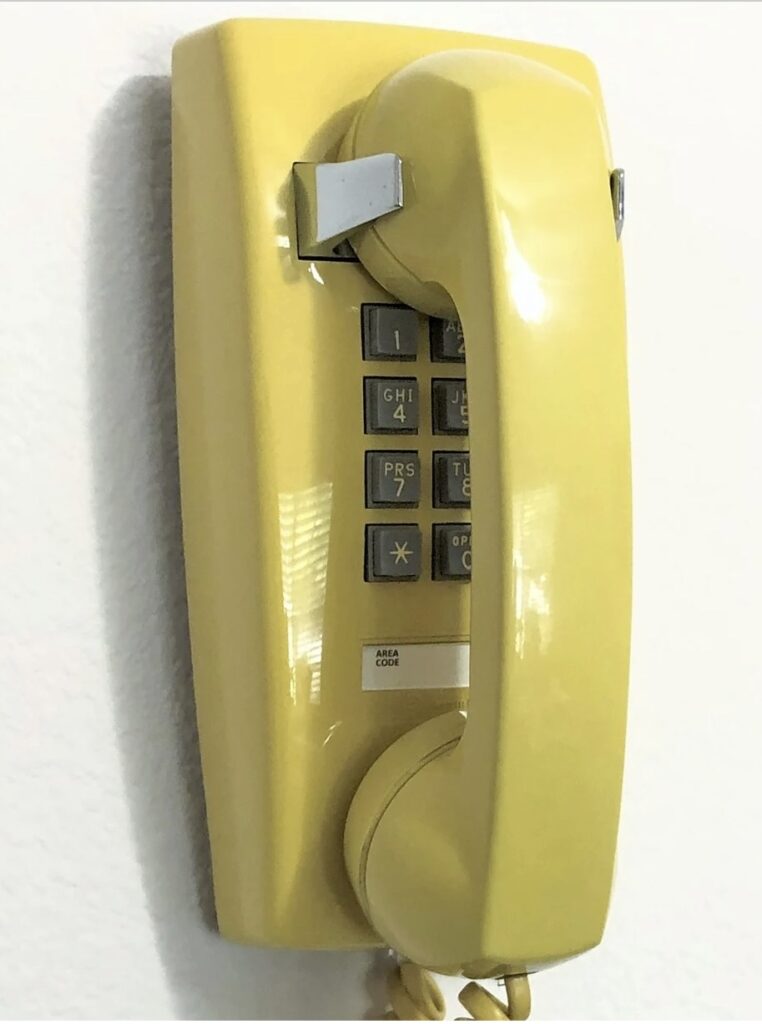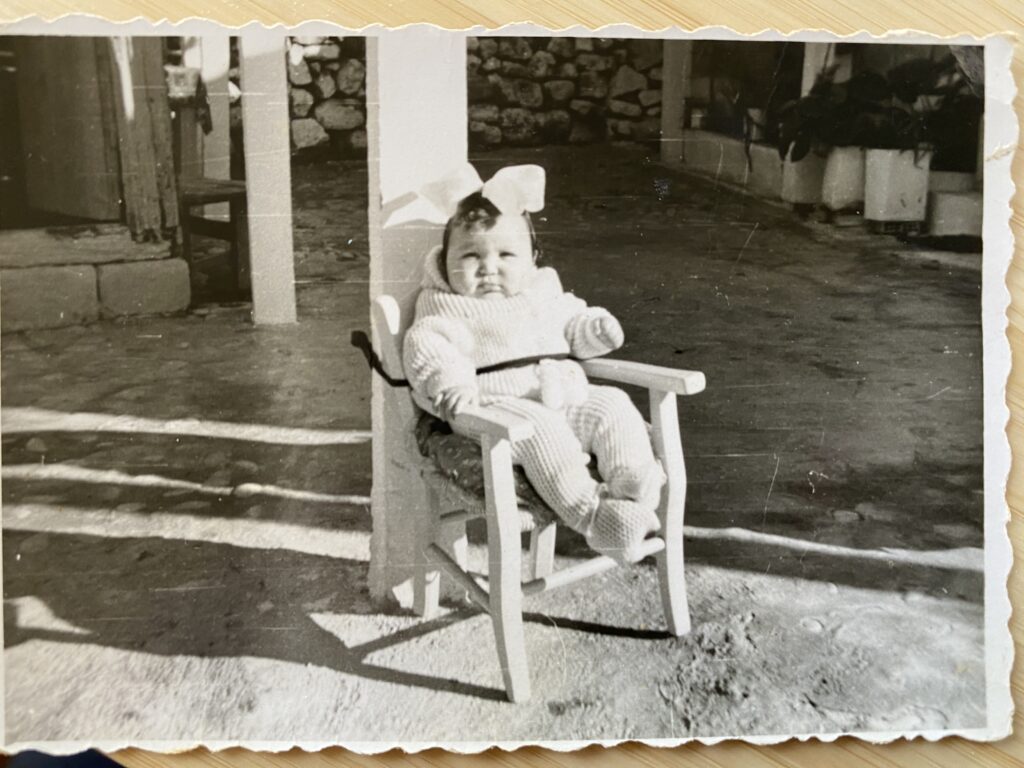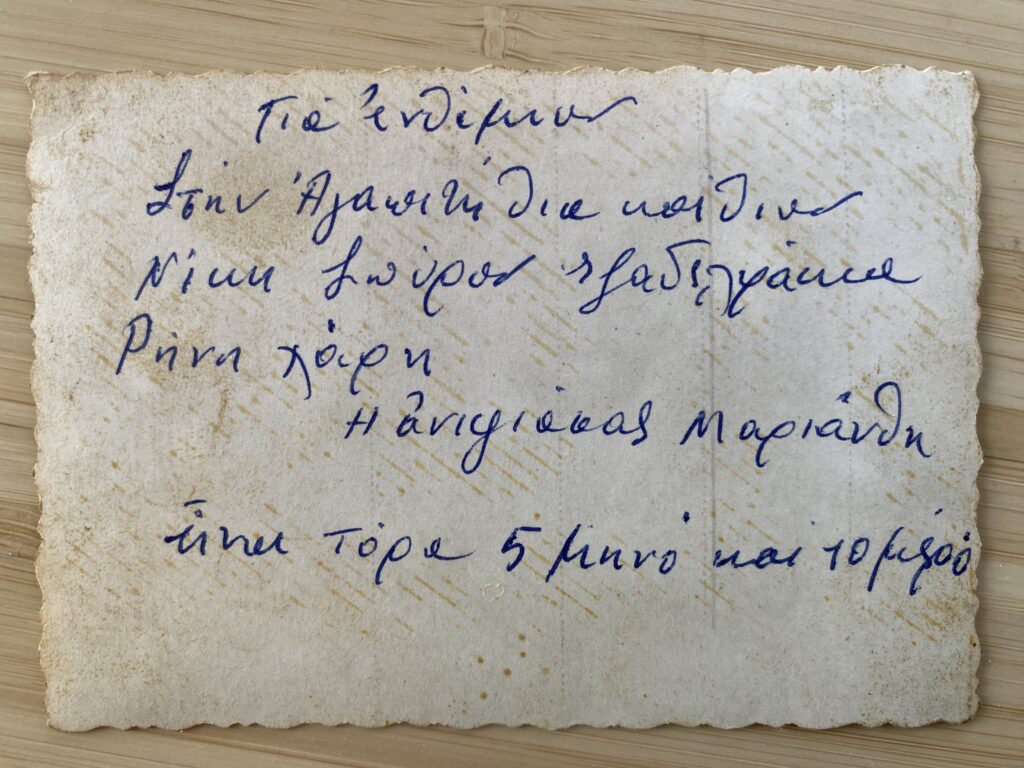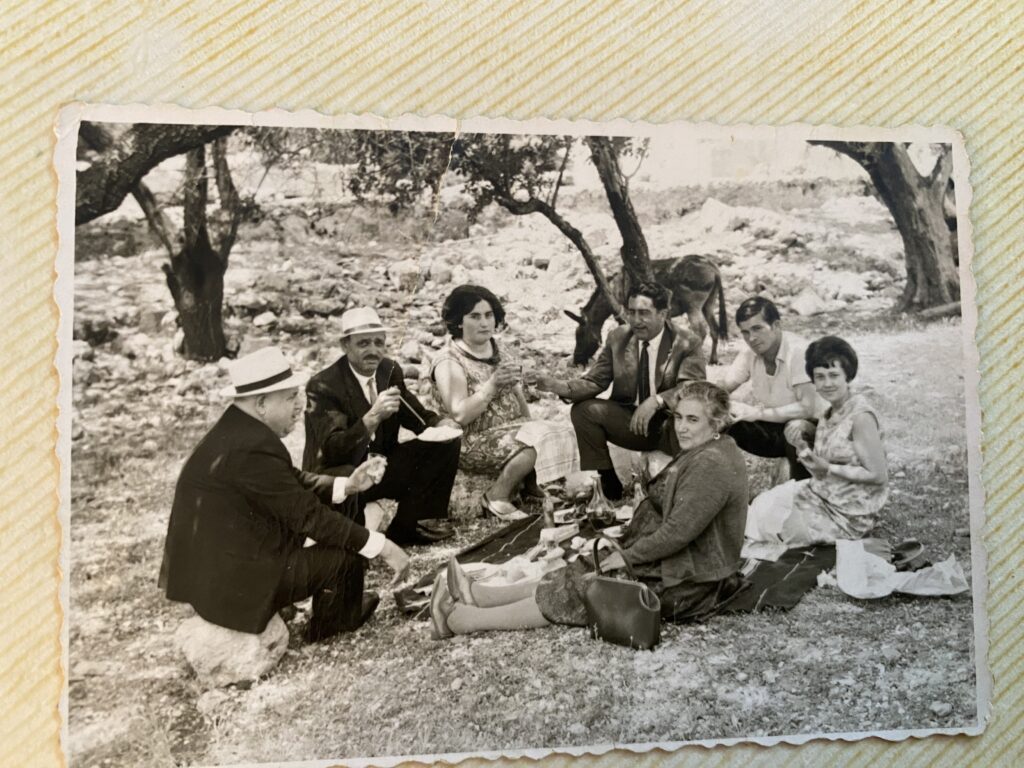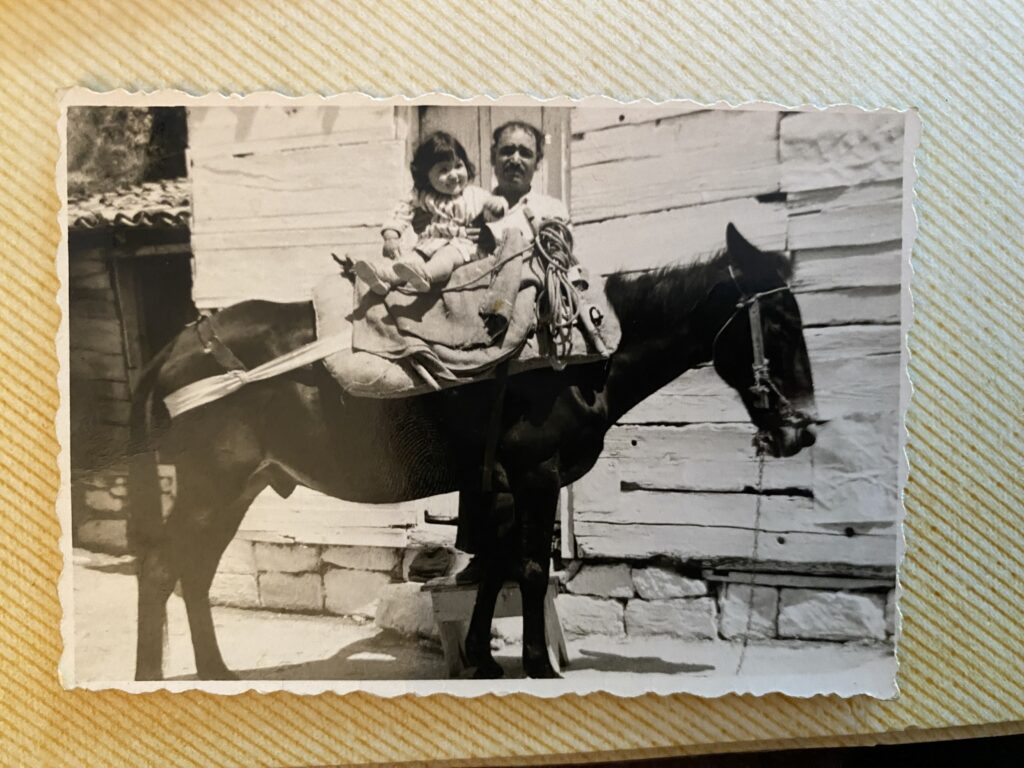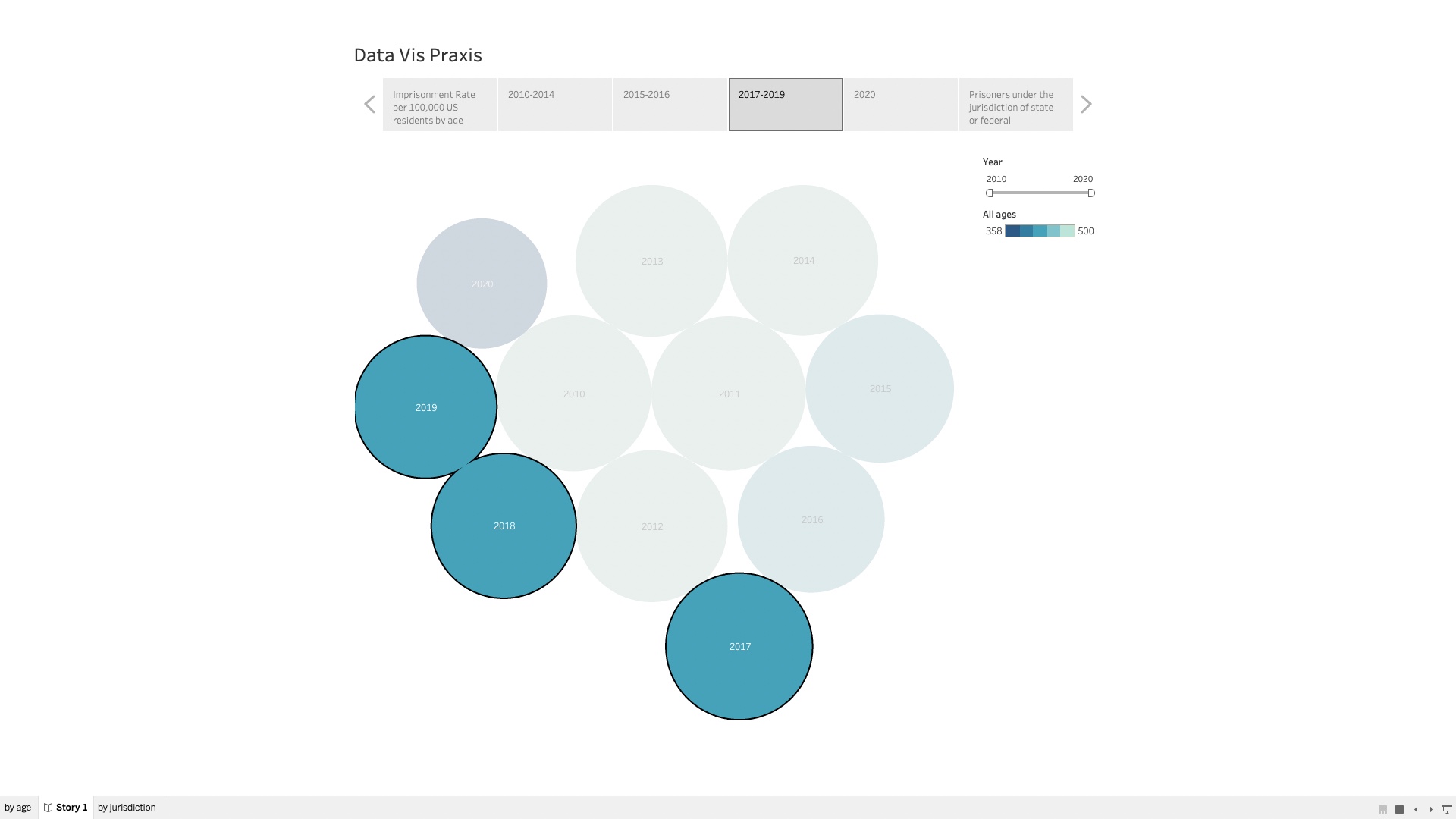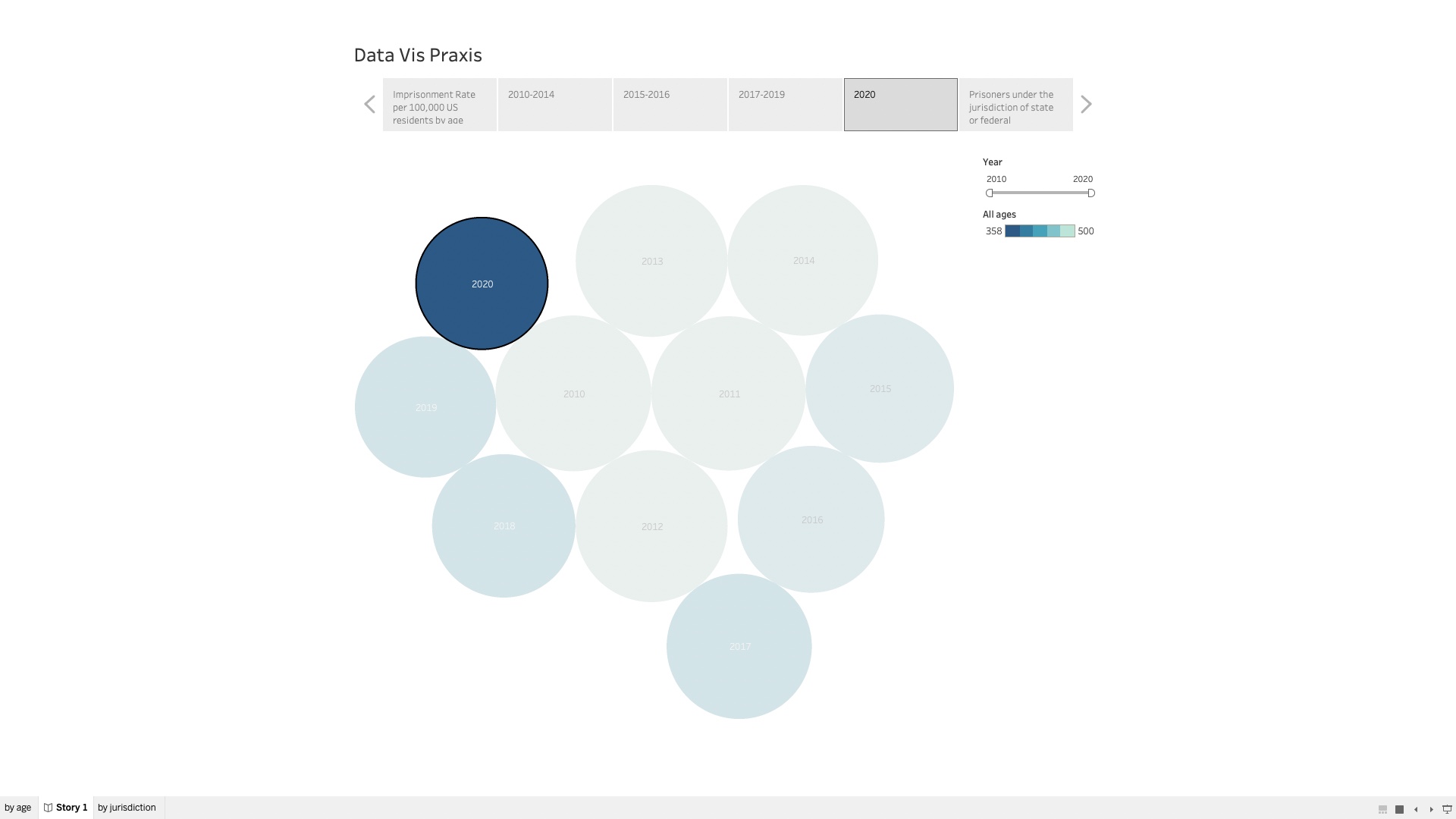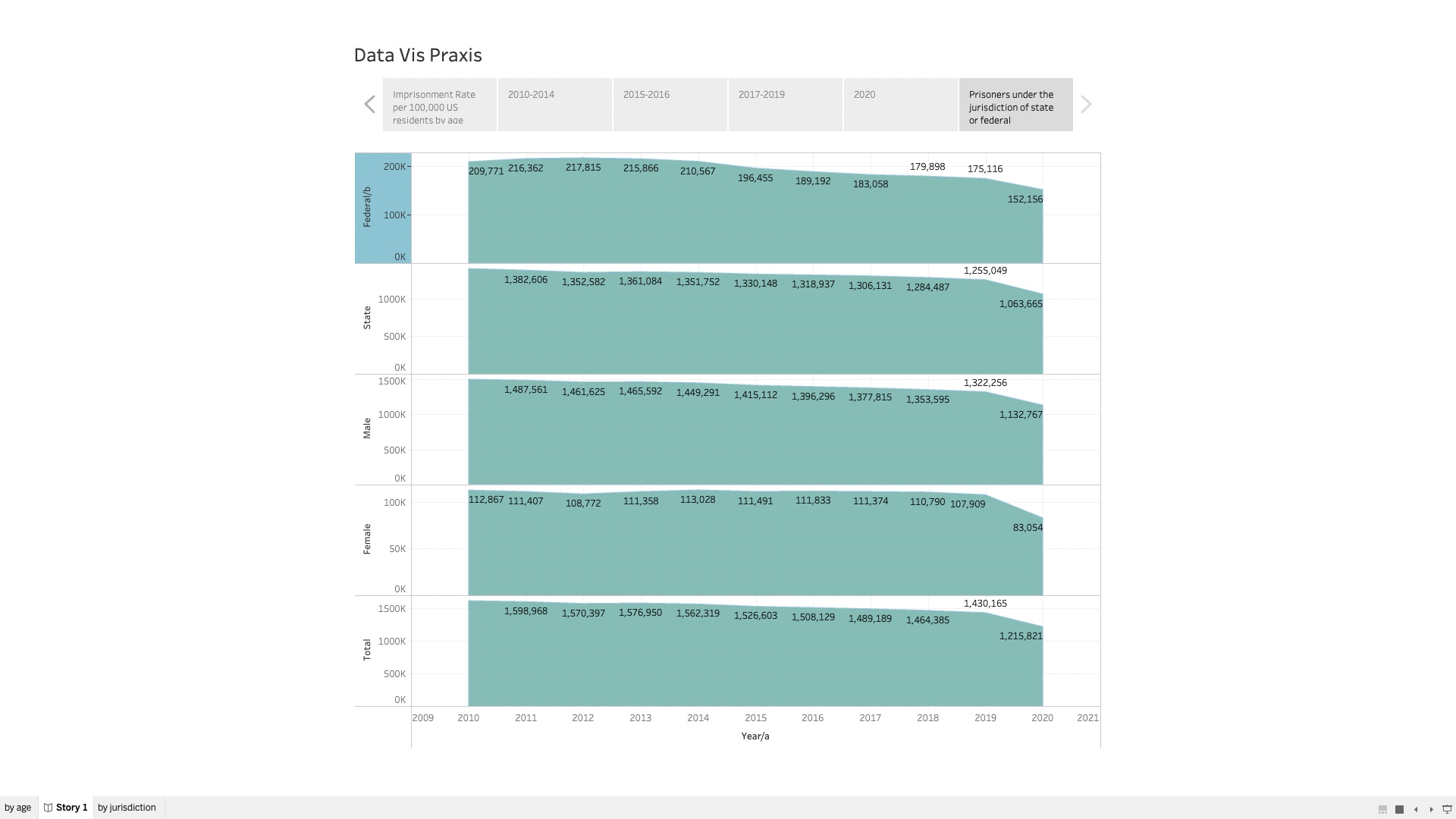This weeks readings centered around Open Access Publishing/ Minimal Computing / Digital Scholarship lead me down a path (or rabbit hole:-) where I ended up focusing and thinking about open access and minimal computing as we head towards a decentralized version of the internet.
Risam, Roopika and Gil, Alex. “Introduction: The Questions of Minimal Computing.” Digital Humanities Quarterly Vol 16.2 (2022).
When we speak of knowledge production, we no longer speak simply of the production of documents. We include the production of data, data sets, and documents as data, all of which can be used for algorithmic analysis or manipulation. The issue of control over data sets, especially those that can inform the pasts of whole demographics of people in the world, will certainly come to a head in the 21st century. One example of danger is control over Black data. At the moment of writing, the vast majority of the data and documents that help us understand the history of Black people during the period of Atlantic chattel slavery are controlled by predominantly white scholarly teams and library administrators or white-owned vendors.[15] This demonstrates how access to infrastructure has direct consequences on our study and reconstruction of the past and, by extension, what we understand that past to be. While data reparations must be made, our interest here is in the role that minimal computing can play in the development of present and future data sets, documents as data, and methods that promote collaboration and interoperability among colleagues around the world by not only taking into account uneven distribution of resources and the constraints with which the majority are contending but also by ensuring that control over the production of knowledge is in their hands.
In the article minimal computing the authors touch on previous discussions and articles we have read in class about the creation, curation and control over datasets by those the data and histories are about.
The importance of collaboration and representation in data and information goes beyond academia and scholarly works. I read an article today about a database of beauty products, made and sold by Black-owned companies and are free of toxic chemicals linked to health concerns that disproportionately impact Black women. Although this is not under the umbrella of DH, it is part of a bigger journey and mindset that aligns with DH values.
Suber, Peter. 2012. “What Is Open Access?” In Open Access (1st ed.). MIT Press.
We’d have less knowledge, less academic freedom, and less OA if researchers worked for royalties and made their research articles into commodities rather than gifts. It should be no surprise, then, that more and more funding agencies and universities are adopting strong OA policies. Their mission to advance research leads them directly to logic of OA: With a few exceptions, such as classified
research, research that is worth funding or facilitating is worth sharing with everyone who can make use of it.
Open access and freely sharing research and information to help us understand ourselves, others and the world is a foundational aspect of DH. I started thinking and reading more about this topic in a broader sense and how open access has and will shape our experiences. I wondered about what open access with the onset of web3 looks like and found some sites that are interesting and read an article about what web3 could mean for education.
https://www.edsurge.com/news/2022-01-24-what-could-web3-mean-for-education
Sharing some of the sites I found interesting-
https://lib-static.github.io/models/wax/ Wax is an extensible workflow for producing scholarly exhibitions with minimal computing principles.
https://www.buildinpublic.xyz Learn how to build an audience by building in public.
https://okfn.org Our mission: an open world, where all non-personal information is open, free for everyone to use, build on and share; and creators and innovators are fairly recognised and rewarded.
https://www.fwb.help Our Vision: We believe that Web3 has the potential to empower creators, connect individuals with global communities, and distribute knowledge and shared resources. Through our collective efforts, we hope to shape a future in which technology acts as a communal connective tissue. The tools to make this world a reality are finally here, and we’re excited to use them to create more fluidity, transparency, and resiliency in how we think and work together.
https://www.k20educators.com Vision :k20 was created to connect educators from around the world in order to realize our collective brilliance. When educators collaborate, we’re able to transcend local obstacles to produce global solutions. And if educators are expected to change the world, we should have access to the world’s best professional learning to optimize our impact. k20 aims to be the largest networking, learning, and career hub for educators, with the most comprehensive directory of professional learning. We are enabling knowledge sharing to dismantle global silos in education.
https://www.merlot.org/merlot/ The MERLOT system provides access to curated online learning and support materials and content creation tools, led by an international community of educators, learners and researchers.
